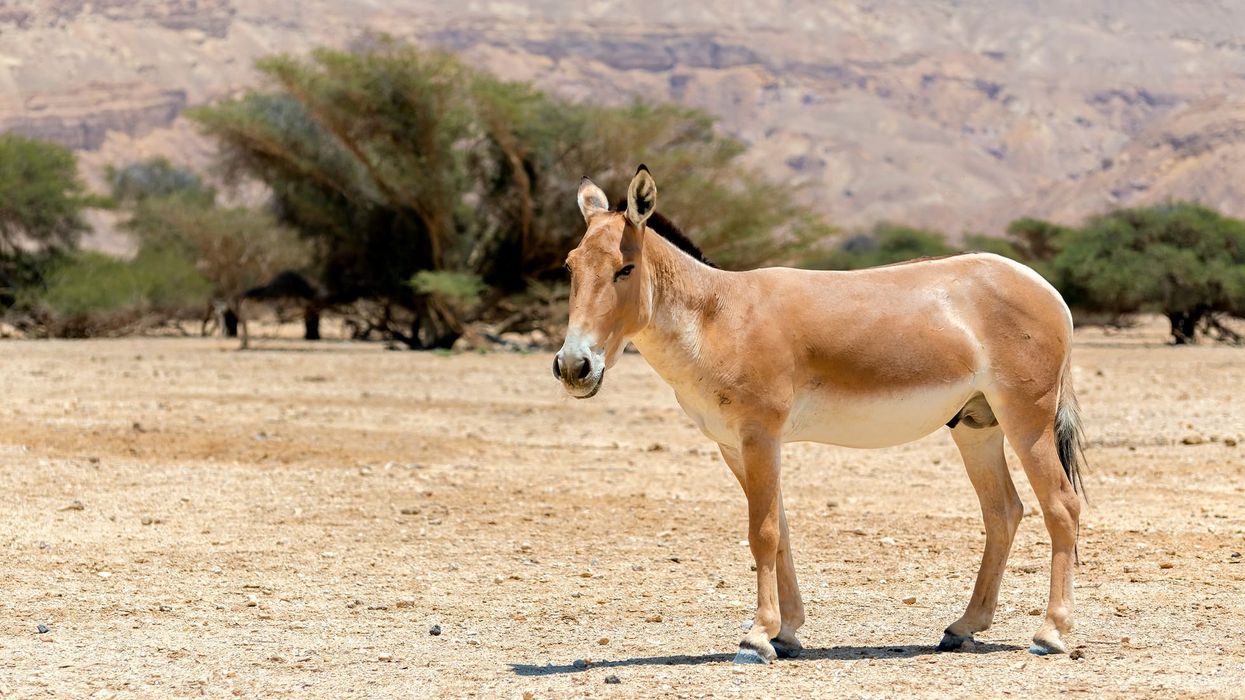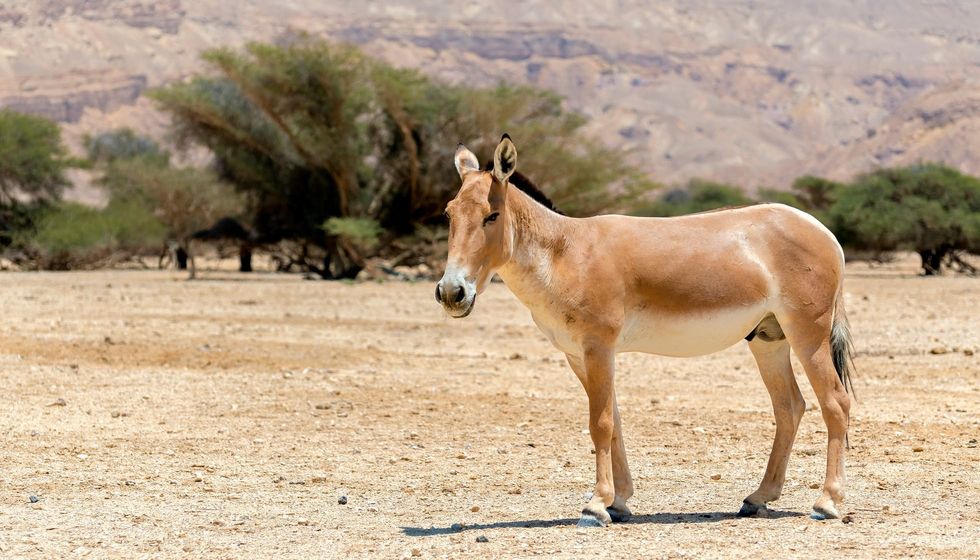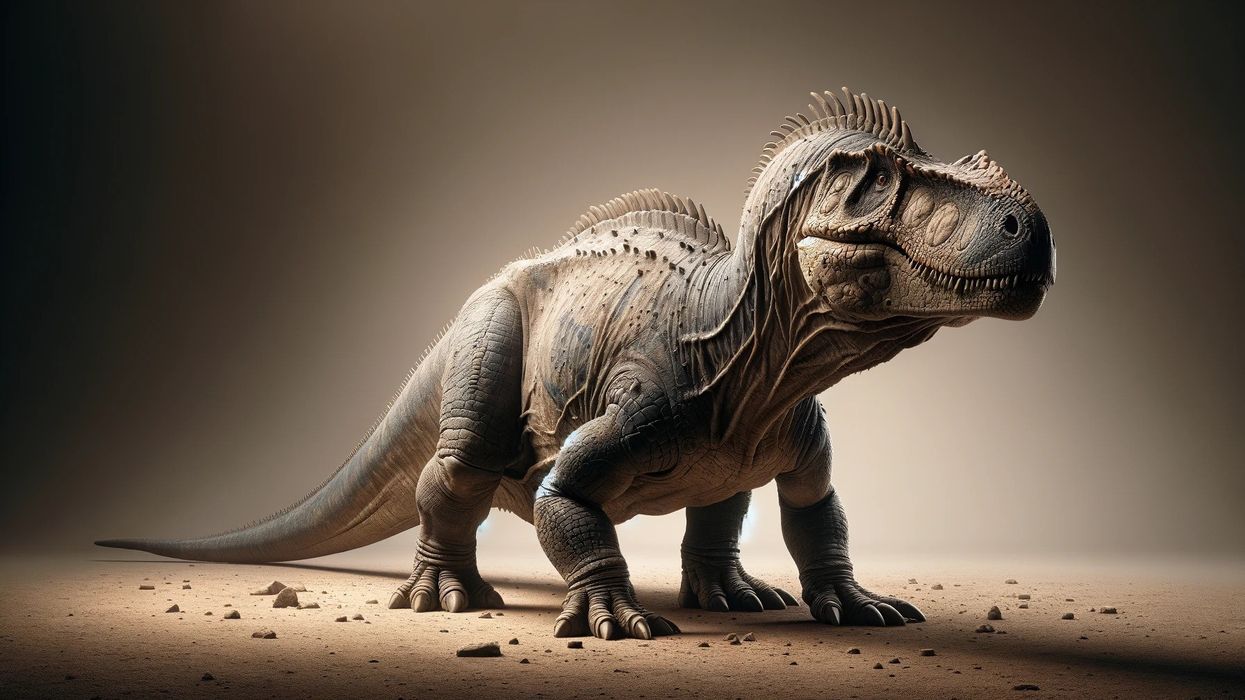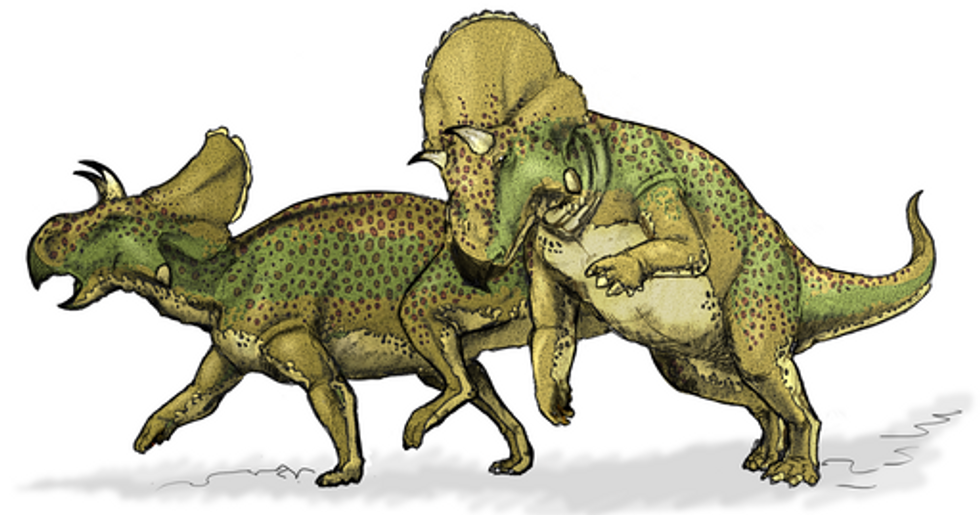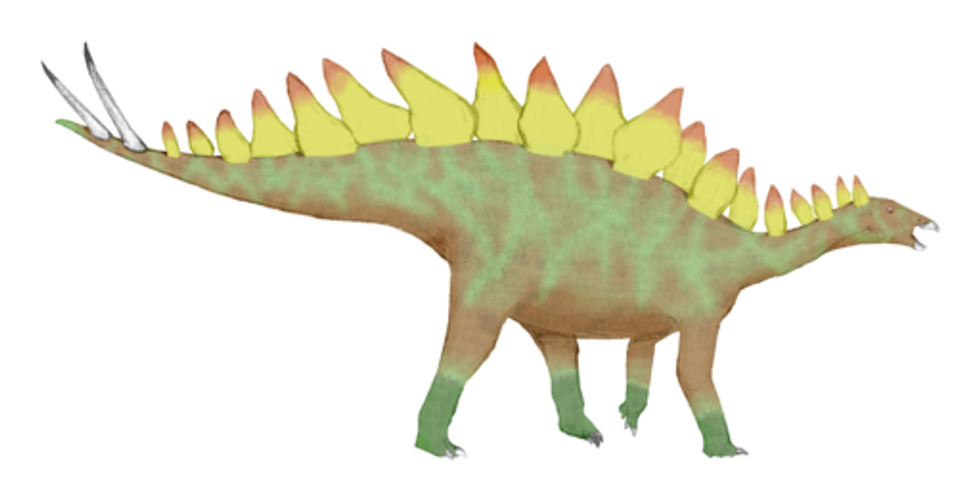An onager is also called Asiatic wild ass or Hemione. It belongs to the Equidae family and is indigenous to Asia. They are native to Asian countries like Iran, Iraq, Israel, Pakistan, and many more.
The scientific name of an onager is Equus hemionus. Different species of onagers are present in the world. An onager is a horse-like animal but smaller than a horse.
They have a thick coat as skin which is reddish or yellowish-brown in color. Onagers are active in the mornings and evening and even in very hot places.
They are herbivorous by nature. As per IUCN, onagers are Near Threatened and so are endangered species. Several breeding methods have been implemented to increase the declined population of these animals.
You can find many interesting facts about onager as you go through our article. To know more exciting facts about animals, read our other articles on mule and zonkey facts.
Onager Interesting Facts
What type of animal is an onager?
An onager looks similar to a donkey, but it is an Asian wild ass that belongs to the Equidae family and is indigenous to Asia. It is also called Equus hemionus onager.
What class of animal does an onager belong to?
An onager belongs to the class of Mammalia.
How many onagers are there in the world?
There are five different onagers species, and of the five, one is already extinct. Until the 19th century, there were several thousands of onager widespread from the Middle East to China.
Now their population has reduced to few thousand. The population of Persian onagers in the world is nearly 600, and are living in the wild. As per the IUCN, the remaining population of adult onagers is nearly 28,000.
Where does an onager live?
These Asian wild asses are widespread across Southwestern to Northwestern Asia and Europe. The habitat of Mangolian wild ass is the mountains, grassland, and desert of Mongolia and regions of northern China.
The Indian wild ass lives in deserts, steppes, and arid grasslands of Pakistan and northwest India, and some are living in wildlife sanctuaries in Gujarat. The Persian onager lives in the northern and southern parts of Iran.
What is an onager's habitat?
An onager lives in grasslands, savannas, steppes, mountain ranges, oases, desert, and semi-desert environments. The two subspecies of onagers, the Mongolian wild ass and the Turkmenian kulan live in cold and hot desserts.
Who do the onagers live with?
Onagers are social animals and live either on their own or in groups. Different studies have observed varied social behavior of these Asian wild asses, and the difference in their social behavior depends on the climate, habitat, hunting by humans, and predation.
As observed in some studies, the males hold harems of females, while as per other studies, the males protect territories and attract females. Sometimes onagers live in a large group of 450-1200, in places where there is the availability of food and water sources.
A male onager can adopt a harem of females and their foals.
During the winter, young males can form bachelor's groups. Onagers in South Asia and the Middle East prefer to have a territorial life.
Dominant male onagers have a larger home range and can overlap with other males' home ranges. Sometimes the females with their foals live in smaller groups, in larger areas that overlap with the home ranges of other groups or with those of dominant males.
How long does an onager live?
An Equus hemionus onager lifespan when in the wild is nearly 26 years and is about 14 years if kept in captivity.
How do they reproduce?
Onagers are sexually mature at the age of two, and their first mating happens when they are three to four years old. Mating and birth are seasonal and usually take place from April to September. Breeding happens in alternate years.
In India, the rainy season is apt for mating. The gestation period of these Asiatic wild asses is 11 months. The onager foal stands and nurses on her mother within 20 minutes of birth.
What is their conservation status?
As per the IUCN, onagers are Nearly Threatened. One of the subspecies of these Asian wild asses is already extinct. The main reason for the decrease in their population is poaching them for their meat and skin.
In some places, they are killed for use in traditional medicine, which is done to Mongolian wild ass. Some subpopulations have been isolated, resulting in genetic problems due to breeding from closely related species. Some other threats to onagers are fragmentation and habitat loss.
Onager Fun Facts
What do onagers look like?
Onagers look like horses or wild donkeys but are smaller in size than the wild donkey. When you look at an onager for the first time, you will sure mistake it for a donkey.
Their legs are shorter than horses. They are reddish to yellowish-brown or grayish in color, depending on the season.
They have a broad dorsal stripe on the middle of their back which is black in color with a white border. In other onagers, the belly, muzzle, and rump are white in color. They have a short erect mane in brown color, which are nearly 3 in (7.6 cm) long.
They have short tails with little hair on them. The Asiatic wild ass and African wild ass share the same ancestors and are nearly related to each other.
How cute are they?
Onagers are neither cute nor ugly, they look like wild donkeys. The onager foal is very cute and adorable.
How do they communicate?
Onagers communicate using their strong sense of smell. They also use chemical, tactile and vocal communication like any other species of the horse family.
How big is an onager?
An onager is as tall as 4.9 ft (1.5 m), and its length from head to body is 6.9 ft (2.1 m). An onager is taller and larger than an African wild ass. The Persian onager is the smallest of all the subspecies of the Asiatic wild ass. A female onager is slightly smaller than a male onager.
How fast can an onager run?
An onager runs very fast, protects itself from its predators, and falls under the fastest running mammals category. The speed at which they run is about 39.8-43.5 mph (64-70 kph).
How much does an onager weigh?
The weight of some species of onager is nearly 639.3 lb (290 kg).
What are their male and female names of the species?
A female onager is called jenny or jennet. The name of the male onager is jack or jackass.
What would you call a baby onager?
A baby onager is called a foal or colt.
What do they eat?
Onagers are herbivorous animals. Their diet includes fruits, grass, herbs, succulents, leaves, and saline vegetation. In dry habitats, they prey more on trees and shrubs. During winters, they eat snow in place of water. When natural water sources are dried up, they dig holes to reach underground water.
Are they dangerous?
They do not attack and are not dangerous to anyone but protect themselves from predators or humans by kicking very strong with their hind legs. They may slightly impact the ecosystem with their eating habits.
Would they make a good pet?
An onager cannot be a good pet. Our ancestors tried to domesticate these animals but failed due to their unruly nature and wild behavior.
Did you know...
An onager is not a donkey. An onager means an Asiatic wild ass. An onager cannot be domesticated because of its unstable nature and bad temperament. However, it is believed that the ancient Romans used these animals for pulling their war machines.
Variations Of Onager
There are different types of onagers of different subspecies. The names of onagers' subspecies are the Mongolian wild ass, Turkmelian kulan, Persian onager, Indian wild ass, Syrian wild ass, and European wild ass.
The difference among these onagers is due to their color, size, habitat, and breeding behavior. An onager is a wild donkey, whereas a donkey is a domestic animal.
How to pronounce onager?
Onager is pronounced as [on-uh-jer].
Here at Kidadl, we have carefully created lots of interesting family-friendly animal facts for everyone to discover! Learn more about some other mammals including Highland cattle, or plains zebra.
You can even occupy yourself at home by drawing one on our onager coloring pages.

